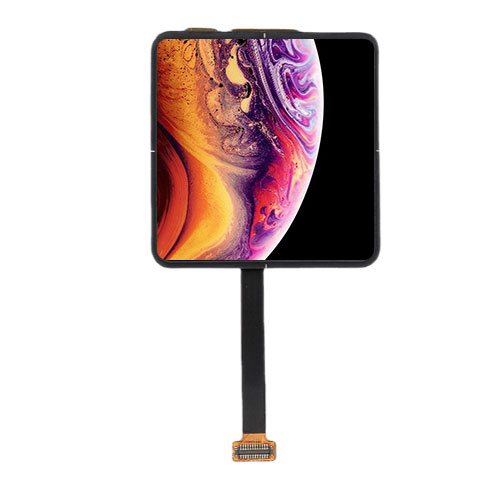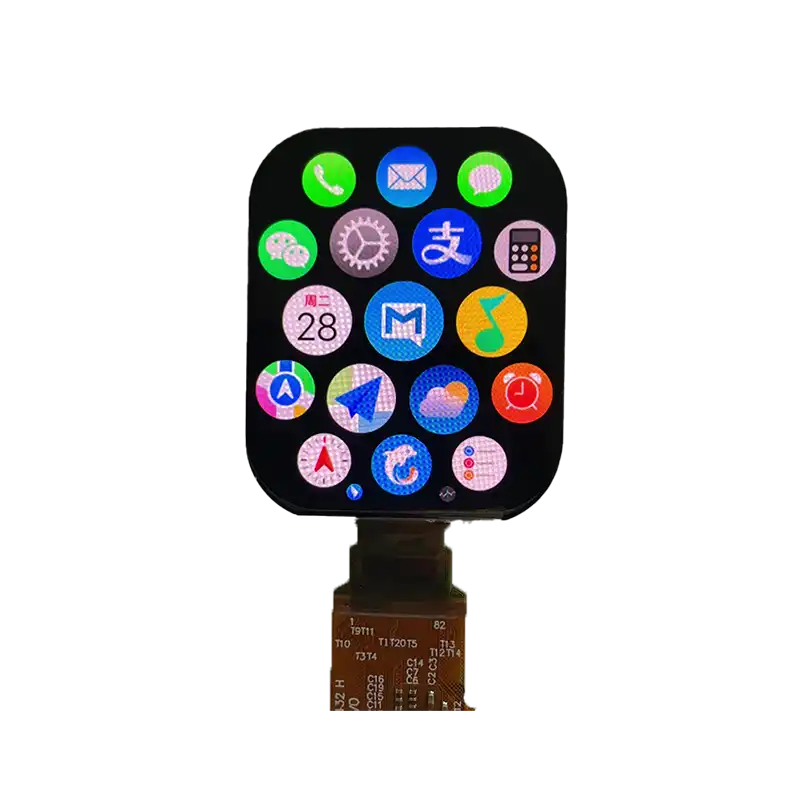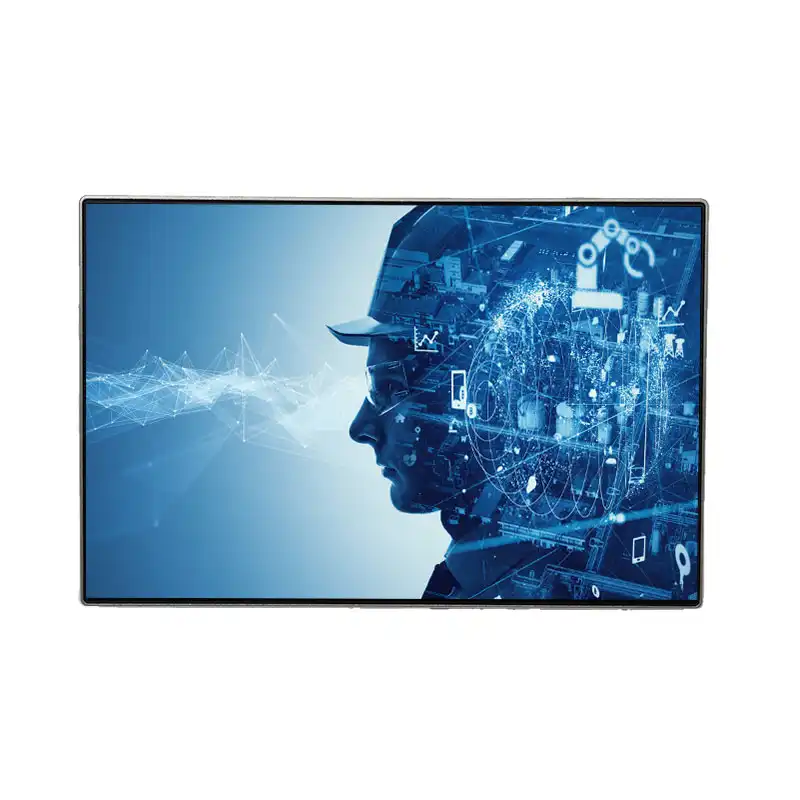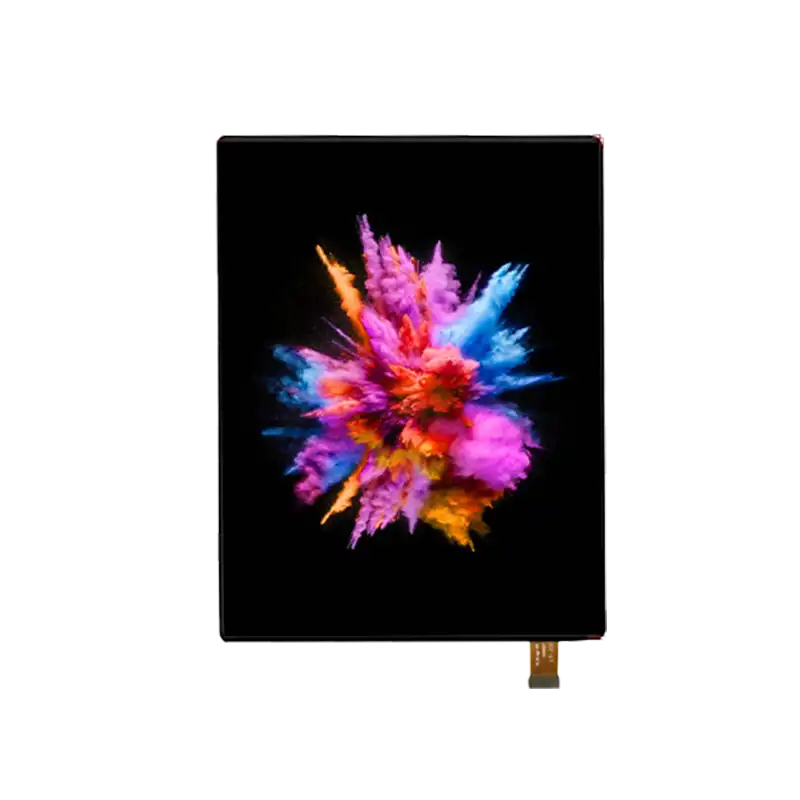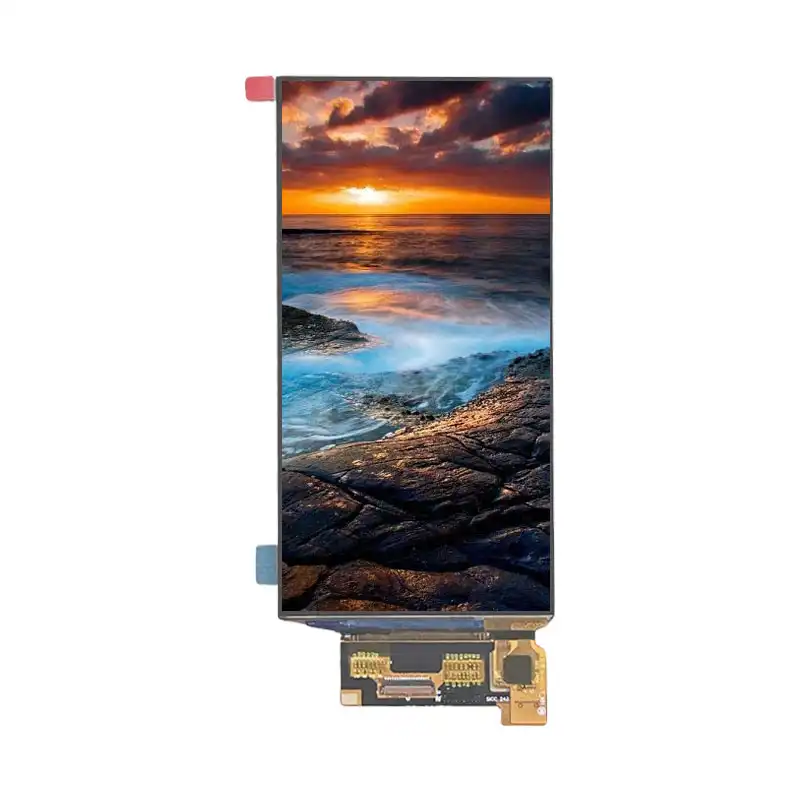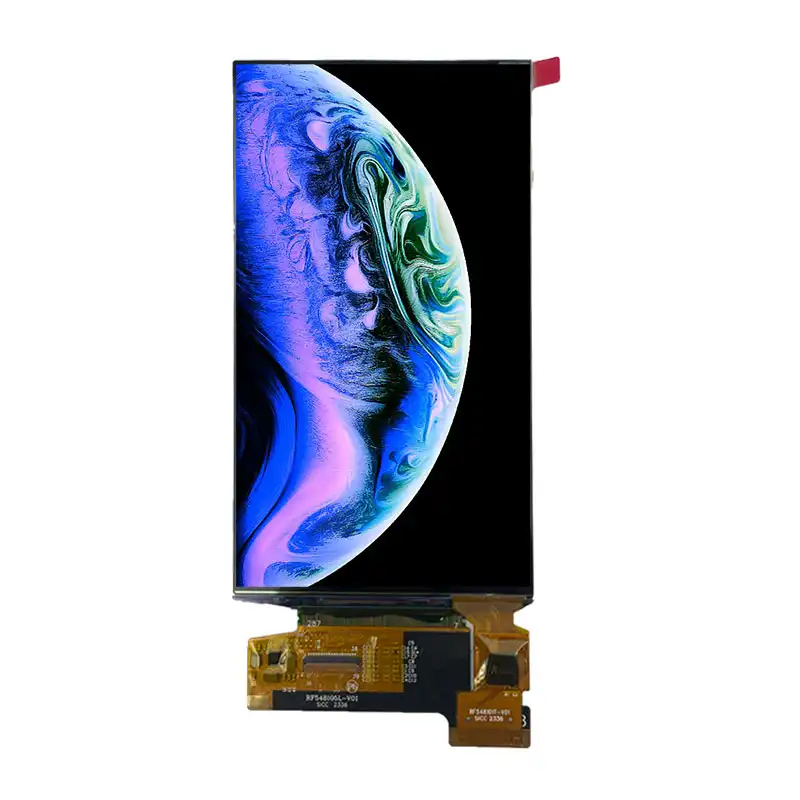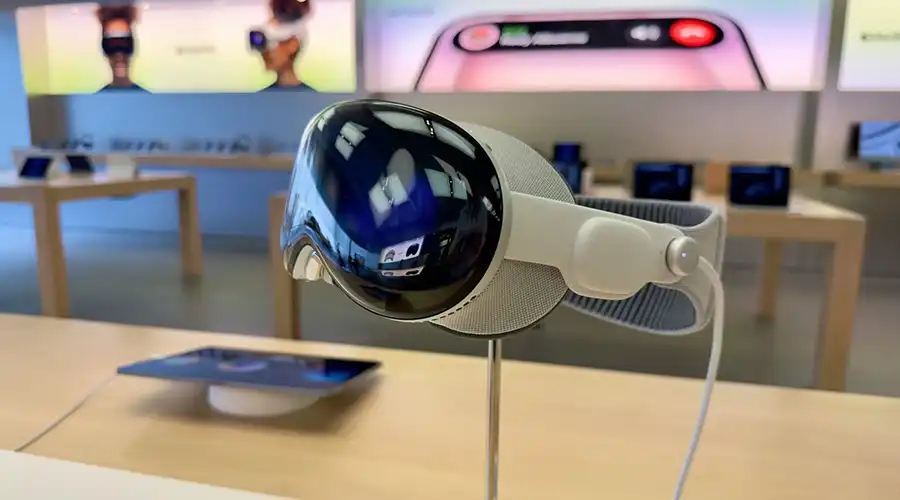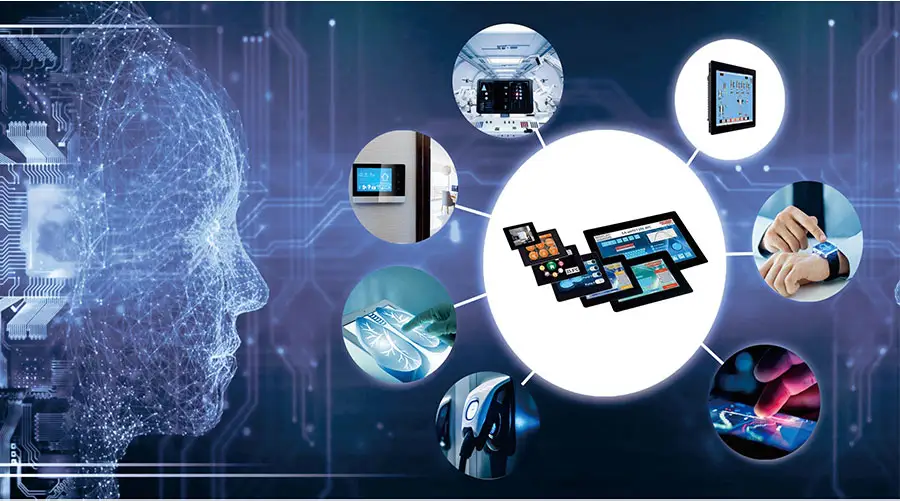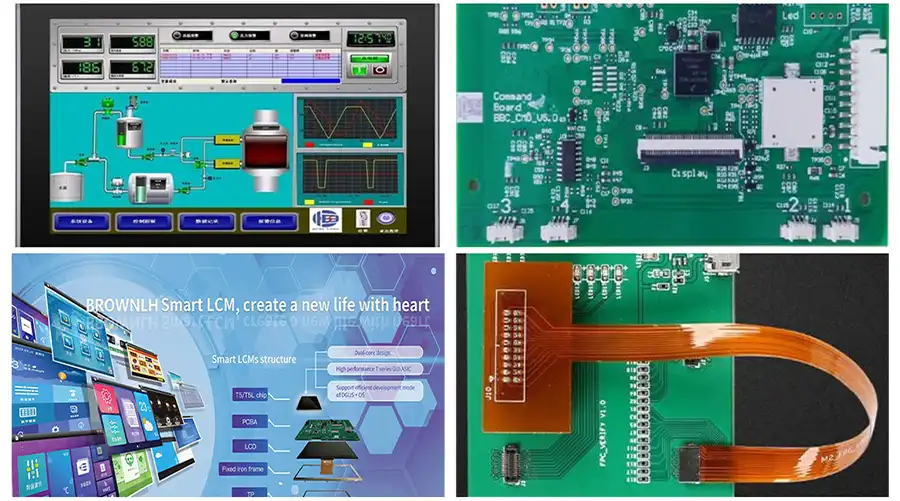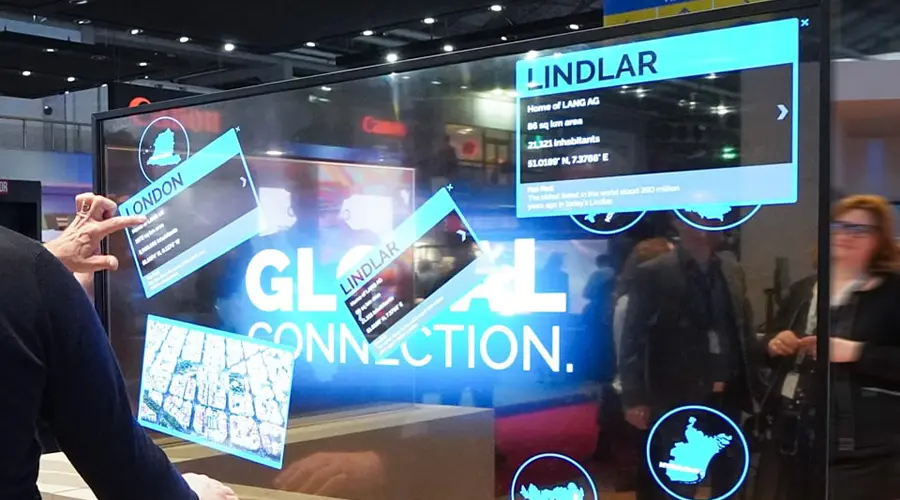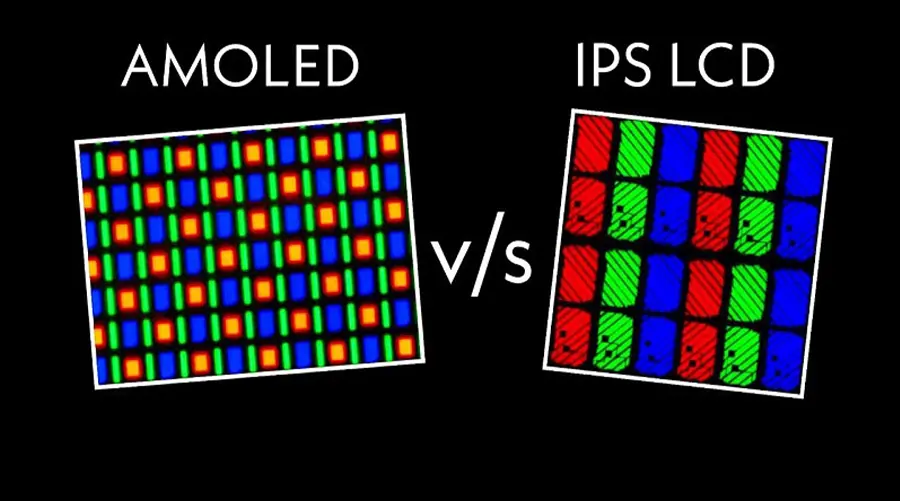By 2025, OLED (Organic Light-Emitting Diode) technology has transitioned from luxury smartphone displays to the foundation of a new visual era. No longer confined to flat rectangles, OLED now powers wearables, medical patches, automotive dashboards, and immersive AR interfaces. Its self-emissive pixels — producing light individually — enable ultra-thin, flexible, and energy-efficient displays that shape how humans perceive digital information.
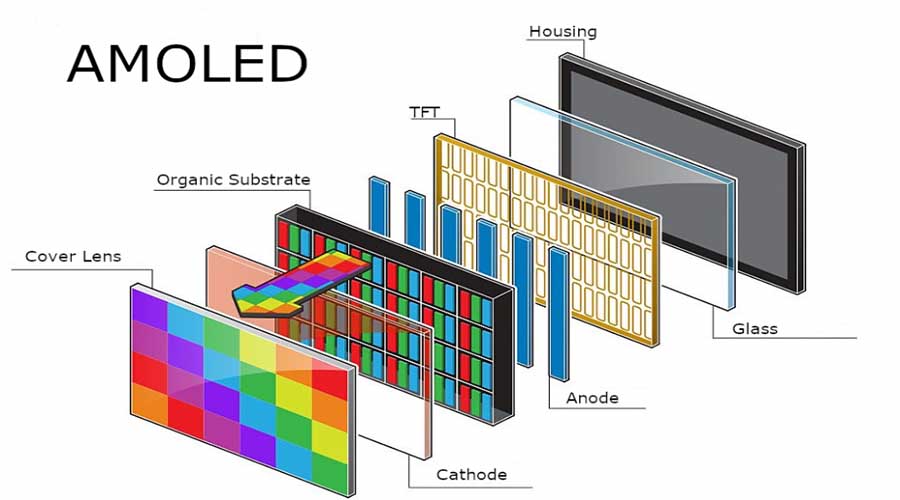
1. The Evolution of OLED
Once a niche research subject, OLED matured through the 2010s as display giants refined materials, deposition processes, and drive electronics. The early 2020s witnessed commercialization beyond mobile devices — foldables, automotive glass panels, and transparent signage. By 2025, OLED had split into multiple specialized branches: traditional AMOLED for mobile, microOLED (OLEDoS) for AR, and hybrid printed OLED for large, sustainable fabrication.
Unlike LCDs, OLED emits its own light per pixel, eliminating backlights. This reduces thickness, improves contrast (true blacks), and allows for flexible or transparent substrates. Modern OLEDs incorporate LTPO backplanes, advanced encapsulation, and AI-based compensation to mitigate burn-in. Combined, these qualities make OLED the most human-centric display medium ever created.
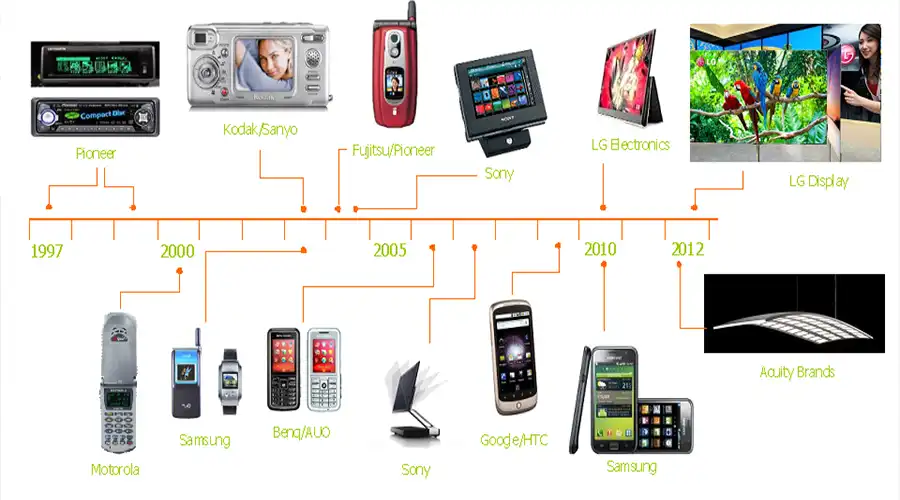
2. OLED in Wearables
Smartwatches and fitness trackers were the earliest mass-market validation for OLED. The curved, vivid, low-power displays enabled ergonomically sound devices with superb readability in outdoor settings. The flexibility and color precision of OLED perfectly fit wrist-mounted or textile-integrated use cases.
By 2025, wearable OLEDs have advanced to micro-thin modules embedded into medical sensors and skin patches. Real-time glucose, hydration, or oxygen monitoring now occurs on surfaces that breathe and flex. These displays can even remain partially transparent—showing vital data on the skin without blocking natural tone.
“OLED wearables exemplify where technology meets biology — responsive, adaptive, and almost invisible.” – Dr. Aiko Sato, Biotech Lab Tokyo
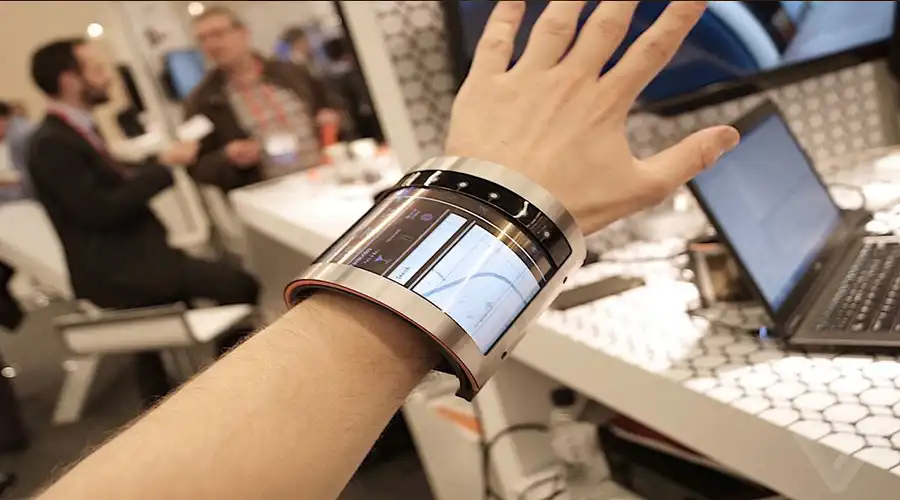
3. The Leap to AR Glasses
The 2025 AR revolution owes its realism to OLED-on-silicon (OLEDoS) technology — microdisplays with pixel densities exceeding 4000 PPI. These panels fit inside lenses mere millimeters thick, projecting crisp overlays across the user’s natural field of view. Unlike laser or LCD-based HUDs, OLED’s instantaneous contrast and deep black blending let virtual elements coexist believably with real-world objects.
The consumer market now enjoys lightweight AR eyewear capable of persistent data overlays — navigation arrows on roads, live captions in conversations, or contextual translation in travel. OLED’s self-luminous structure ensures privacy, rendering images visible only to the wearer’s pupils. Industries from surgery to engineering use similar optics for precision overlays and low-latency collaboration.
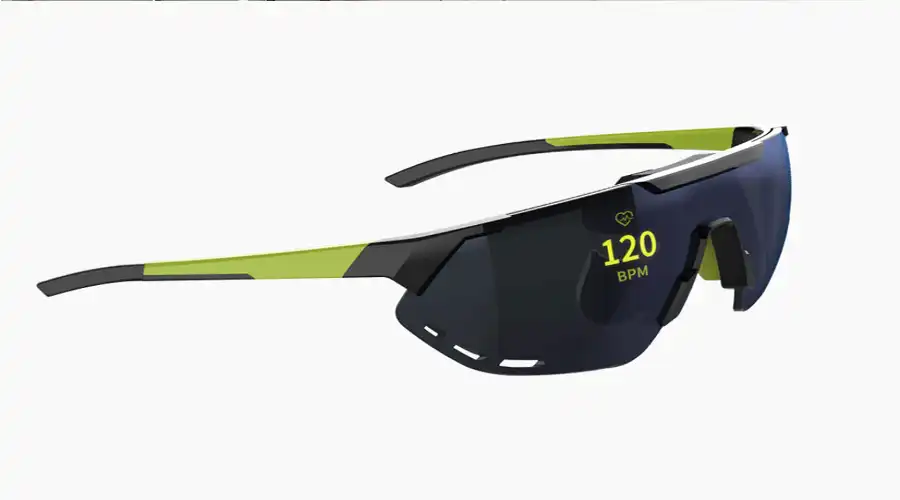
4. Transparency and Flexibility
Perhaps the hallmark of OLED design freedom lies in its material versatility. Transparent and foldable OLEDs now populate architecture, automotive dashboards, and appliances. Such displays deliver illumination and information without disturbing spatial design flows. Modern transparent OLEDs achieve over 70% light transmission, allowing unobstructed visibility behind onscreen graphics.
In industrial and vehicular design, OLED’s bendability permits dashboards and control panels to wrap around surfaces smoothly. Future concept vehicles already incorporate flexible OLED skins capable of displaying exterior signals, branding, or warnings directly on body panels. This is technology becoming texture—functional and aesthetic at once.
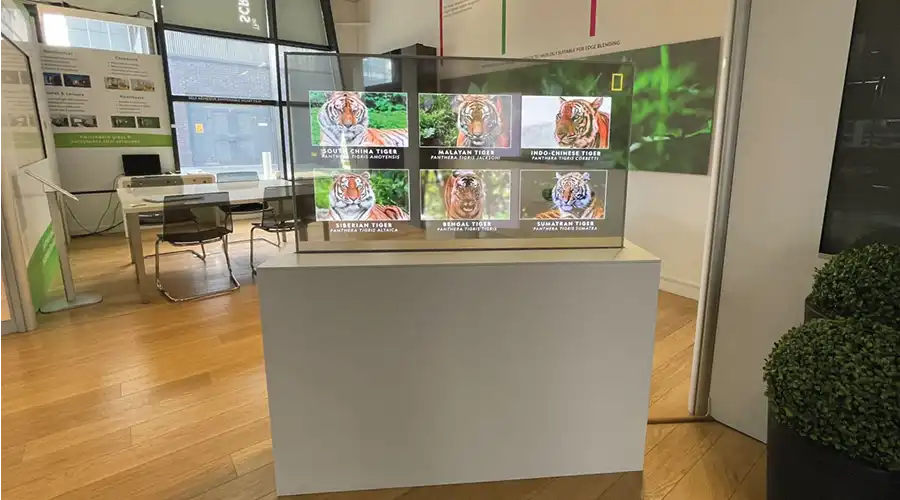
5. The Visual Aesthetics of OLED
OLED’s impact on human emotion is profound. The infinite contrast ratio—true black against vibrant hues—mimics the way our eyes perceive natural light. Designers leverage pixel-level dimming to craft interfaces that breathe rather than blink. Notice how smartwatch notifications fade in softly, or AR arrows ghost into view as if whispering directions rather than commanding attention.
In Entertainment and Storytelling
The entertainment sector harnesses OLED for cinematic AR installations, where displays serve as dynamic surfaces of storytelling. The low-latency response and near-zero motion blur elevate immersive gaming and virtual production environments, blurring boundaries between physical and digital frame rates. Artists now paint light directly — pixels as brushstrokes of imagination.
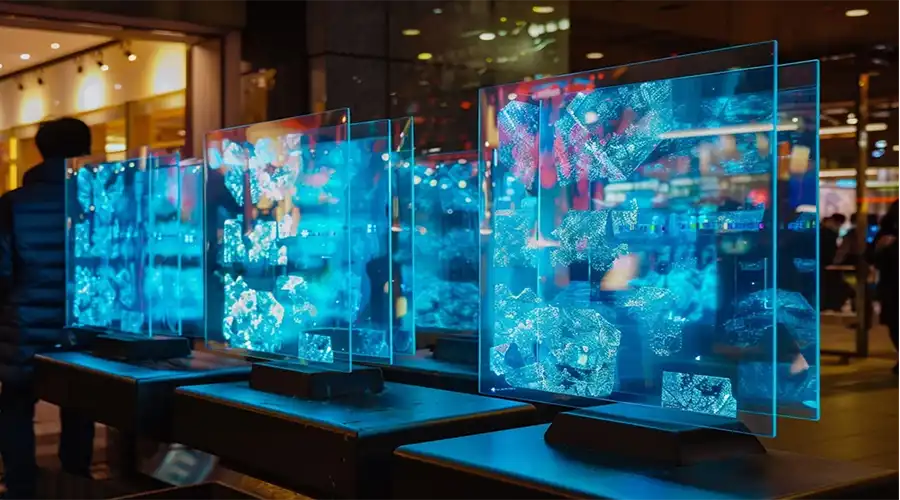
6. Sustainability and Efficiency
OLED’s environmental footprint continues to shrink as printable organic inks and recyclable substrates replace energy-intensive vacuum deposition. Without backlights and with reduced rare-metal dependency, OLED devices consume less power. Companies are exploring bio-based polymers for light-emitting layers and graphene for transparent electrodes, fostering a circular-material economy.
Meanwhile, energy management technologies—adaptive refresh, motion-triggered lighting, and deep sleep states—extend device lifecycles. Flexible OLED films also support modular repairability, reducing electronic waste. Sustainability is no longer a marketing term; it's embedded in OLED’s DNA.
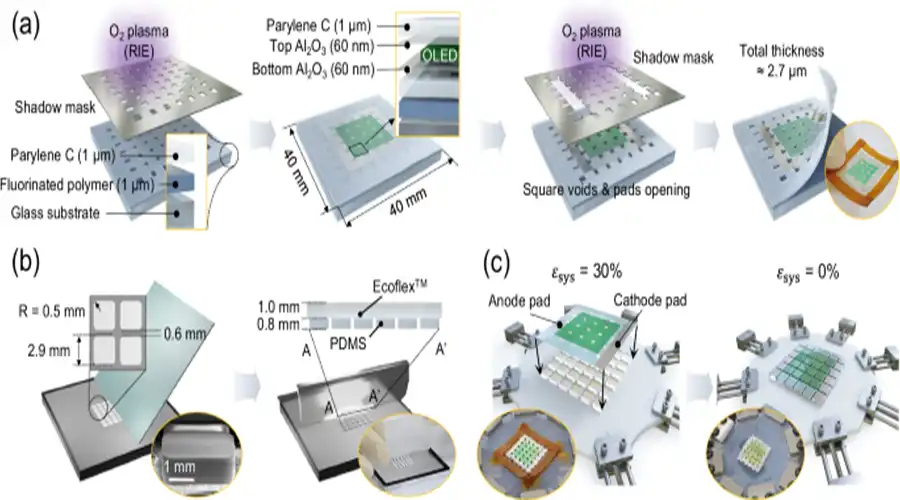
7. The Future – Toward Ambient Intelligence
The “post-screen” era is dawning. OLED displays are merging into material environments, enabling ambient intelligence. Walls, mirrors, and objects now carry light-emissive logic. OLED’s adaptability transforms every surface into a contextual interface—subtle, human-centered, and reactive to presence.
Research accelerates on Quantum-dot OLED (QOLED) and photonic micro-OLEDs that adjust brightness and spectrum to individual eyes. Envision glasses that auto-balance to surrounding color temperatures, or AR layers that adjust for focus depth dynamically. As visual boundaries dissolve, OLED becomes not just a screen but the medium of perception itself.
“OLED’s destiny is invisibility — when display and reality become indistinguishable.” – Hiroshi Tanaka, NEXVision Labs
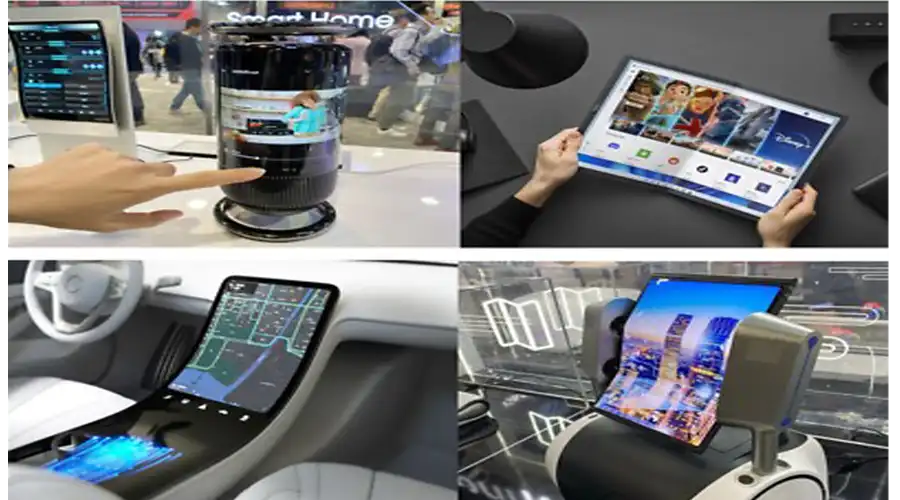
FAQ
What causes OLED burn-in and how can it be prevented?
Burn-in occurs when organic materials degrade unevenly due to prolonged display of static images. Prevention includes using auto-dimming, screen timeout, pixel shifting, logo dimming, and avoiding high brightness for static content.
Are OLED displays suitable for outdoor or high-brightness environments?
Standard OLEDs struggle under direct sunlight. However, 2025 models feature boosted brightness and anti-reflective coatings. Specialized high-nit OLEDs are closing the gap with Mini-LEDs for daylight visibility.
How long do OLED displays typically last?
Modern OLED lifespans range from 50,000–100,000 hours before half-brightness (L50). New blue-emitter materials extend these further, making commercial lifetimes comparable to LCD screens.
Can OLEDs be used for always-on displays?
Yes — OLED is ideal for AOD (Always-On Display) because only lit pixels consume power. Using low brightness and shifting content periodically minimizes differential aging.
What is the difference between AMOLED and PMOLED?
AMOLED uses an active matrix TFT layer for high resolution and fast refresh, perfect for smartphones and wearables. PMOLED drives pixel rows and columns passively, better for small or static indicators with lower cost.
Do OLED displays support touch functionality?
Latest articles
-
Why 1–2" AMOLEDs Are Key to AR/XR in 2025
Why 1–2 Inch AMOLED Displays Are Becoming Essential in the AR/XR Boom (2025 Industry Insight)body {f
-
Understanding OLED Display Technology: Principles, Performance & Applications
OLED (Organic Light Emitting Diode) displays are a class of self-emissive display technology in whic
-
From Wearables to AR Glasses – How OLED Displays Are Redefining Visual Experiences in 2025
By 2025, OLED (Organic Light-Emitting Diode) technology has transitioned from luxury smartphone disp
-
Stretched Bar LCD Displays for Retail: Boost Sales & Engagement in Supermarkets
Discover how stretched bar LCD displays enhance supermarket shelf-edge marketing, drive sales, reduc
-
Stretched LCD Solutions for Restaurants and Hospitality Venues
Stretched LCDs offer sleek, high-brightness displays perfect for restaurant menus and hospitality si
Recommended products
-
2.0-Inch Square HD OLED AMOLED Module 460 X 460 QSPI Interface
2.0" AMOLED Display Module with QSPI Interface for Industrial and Embedded SystemsCore Specification
-
2.06-inch OLED Display | 410×502 Resolution | 600 Nits | SPI Screen
The 2.06-inch AMOLED display module is designed specifically for harsh industrial environments, feat
-
7.0 Inch AMOLED Display Module | 1280×800 High Brightness
The 7.0 Inch AMOLED Display Module is a high-resolution, wide-viewing display solution designed for
-
8.0 Inch AMOLED Display 2480×1860 MIPI DSI-BROWNOPTO
8.0" FHD AMOLED module with 2480×1860 resolution, MIPI DSI interface & SPI touch. Ideal for industri
-
6.0 Inch AMOLED Display 1080×2160 MIPI - BR600108-A1
6.0" FHD+ AMOLED module with 1080×2160 resolution, MIPI 4-lane interface, 360 nits brightness. Ideal
-
5.5 Inch AMOLED Display Module – High Resolution LTPS MIPI Panel
5.5" AMOLED Module Product Page The 5.5 inch AMOLED display module

